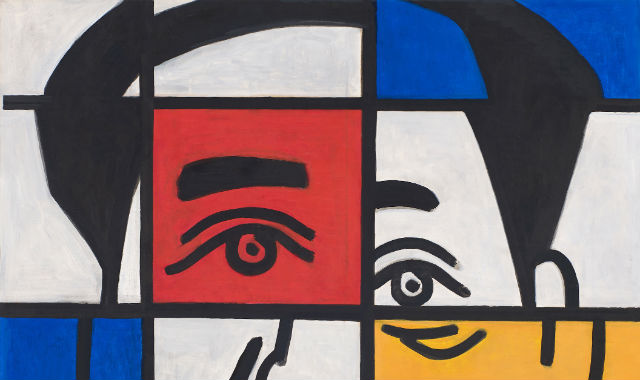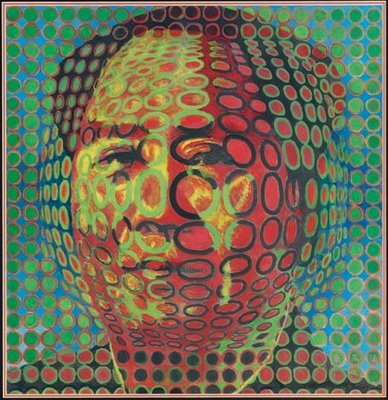From rustic rural paintings to political pop art, Chinese art is unique in its reflection of culture, politics, and society.
In this quick guide to modern Chinese art, we uncover the trends, movements, and controversies that have shaped the art scene over the last 50 years.
[zombify_post]



0 Comments